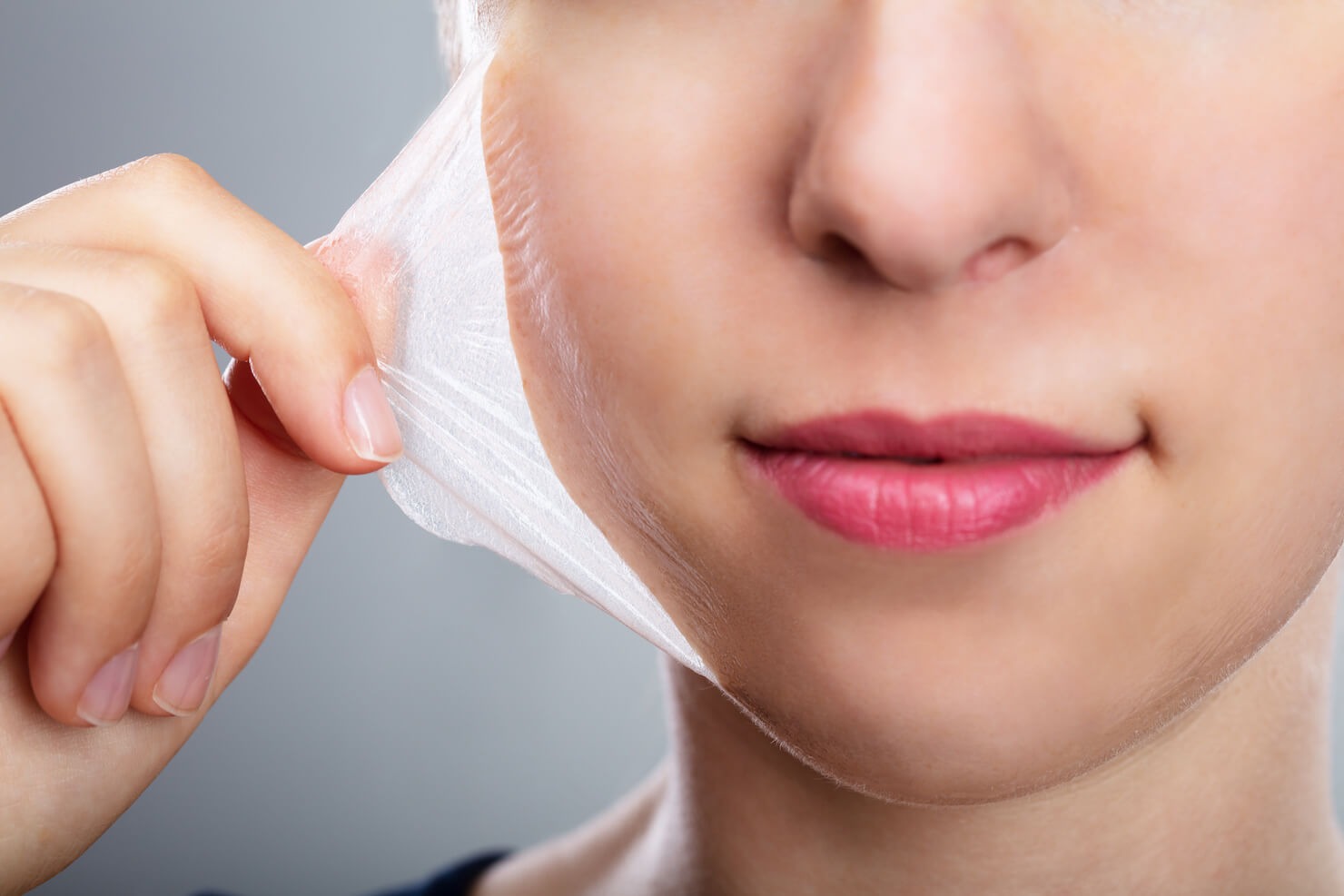Microdermabrasion Facial vs. Chemical Peel: Which One Does Your Skin Really Need?
There comes a point in every skincare journey when surface-level products stop delivering. That’s when professional treatments like a Microdermabrasion facial or a chemical peel enter the conversation. Both promise smoother, brighter, more even-toned skin — but they get there in very different ways. Knowing which one fits your skin’s needs can be the difference between a healthy glow and unwanted irritation. Let’s break it down.
Understanding How Each Treatment Works
Microdermabrasion is a non-invasive exfoliation method that uses a diamond-tipped wand or fine crystals to gently remove dead skin cells from the surface. Think of it as a deep polish for your skin — it clears away buildup, unclogs pores, and helps new cells come to the surface.
Chemical peels, on the other hand, use acid-based solutions (like glycolic, salicylic, or lactic acid) to dissolve dead skin cells and stimulate regeneration. The strength of the peel can range from mild (superficial exfoliation) to deep (penetrating the dermis). It’s less about physical exfoliation and more about controlled chemical renewal.
Both aim to accelerate cell turnover, but their mechanisms and intensity levels differ significantly.
The Goals They Serve
If your main concern is rough texture, blackheads, or dullness, microdermabrasion tends to deliver quick improvements. It’s the go-to for surface-level issues and an instant refresh before a big event.
Chemical peels, however, dig deeper. They target pigmentation, fine lines, acne scars, and uneven tone. The results take longer to show, but they can be transformative for stubborn skin conditions.
In short: microdermabrasion refines; chemical peels resurface.
Suitability for Different Skin Types
Microdermabrasion is gentle enough for almost all skin types — even sensitive ones — since it doesn’t involve acids or chemicals. The exfoliation is controlled by the technician’s pressure and number of passes.
Chemical peels require a more tailored approach. Oily and acne-prone skin may benefit from salicylic acid peels, while mature or sun-damaged skin responds well to glycolic acid. Sensitive or rosacea-prone skin needs caution, as chemical exfoliants can trigger flare-ups if not selected carefully.
Consultation is key. What works beautifully for one person might overstimulate another.
Recovery and Downtime
A major difference between the two lies in recovery. After microdermabrasion, you can typically walk out and return to daily activities with only mild redness that fades in a few hours. It’s often referred to as a “lunchtime treatment” for good reason.
Chemical peels, depending on their strength, can cause peeling, flaking, and sensitivity for several days or even weeks. Deep peels may need some downtime, sunscreen diligence, and specific aftercare routines to protect the newly revealed skin.
If you can’t afford much recovery time, microdermabrasion offers a quicker route to visible improvement.
Frequency and Maintenance
Microdermabrasion is most effective as a series — often once every 3–4 weeks — to maintain that smooth, radiant look. Since it’s gentler, it’s ideal for regular upkeep and prevention.
Chemical peels are less frequent but more intensive. You might need one every 2–3 months, or a few spaced-out sessions for cumulative results. Each peel builds on the last, gradually improving the skin’s tone and resilience.
Choosing between them often comes down to your commitment level and desired speed of transformation.
Combining Treatments Safely
Some professionals combine both treatments for amplified results, but this should never be done in the same session without expert guidance. A common approach is to start with a few rounds of microdermabrasion to prep the skin and then introduce mild peels to target deeper issues.
Alternating between the two can maintain your skin’s texture while progressively addressing pigmentation or fine lines. However, this kind of strategy should always be designed by a licensed aesthetician or dermatologist familiar with your skin’s history.
The Cost vs. Value Debate
Microdermabrasion usually costs less per session and offers immediate visible improvement — great for those who want results without committing to a long recovery period.
Chemical peels can be pricier, especially when medically supervised or using advanced formulations. But the long-term benefits often justify the investment. Deeper collagen stimulation, faded hyperpigmentation, and firmer texture make it a high-value option for those looking to correct rather than maintain.
When comparing costs, think of it as upkeep versus overhaul.
What Results Can You Expect?
After microdermabrasion, expect your skin to feel cleaner, softer, and more responsive to skincare products. Makeup goes on smoother, and the overall tone looks refreshed.
Chemical peel results evolve over time — within a week or two, you’ll notice fewer blemishes, lighter dark spots, and smoother texture. The improvements compound with every treatment cycle, leading to more significant renewal.
Neither treatment is a one-time miracle. Skin health is cumulative, and consistency — not intensity — drives lasting change.
Choosing What’s Right for You
The right treatment depends on your current skin condition, goals, and tolerance. If you want to maintain a radiant complexion and address mild imperfections, microdermabrasion is an easy win.
If you’re after corrective results — fading scars, balancing pigmentation, or reducing fine lines — a chemical peel may serve you better. The best results often come from combining both over time under professional guidance.
Finding Balance in Your Skincare Journey
Skincare isn’t about choosing the “better” treatment — it’s about finding the one that matches your skin’s story. Both microdermabrasion and chemical peels have their strengths: one polishes, the other rebuilds. Used wisely, they complement each other, helping your skin transition from tired to luminous.
Healthy skin isn’t achieved overnight, and no single treatment defines it. The real glow comes from understanding what your skin truly needs — and treating it with the patience, expertise, and consistency it deserves.
Disclaimer:
The information provided in this article is for educational and informational purposes only and should not be considered professional medical or dermatological advice. Skincare treatments such as microdermabrasion and chemical peels carry varying effects depending on individual skin types, sensitivities, and underlying conditions. Always consult a licensed dermatologist or certified skincare professional before undergoing any cosmetic or medical-grade skin treatment. The author and publisher are not responsible for any adverse reactions, outcomes, or damages resulting from the use or misuse of the information presented herein.



